SUMMARY
This is AI generated summarization, which may have errors. For context, always refer to the full article.

MANILA, Philippines – In a matter of hours, upcoming app Tara took social media by storm, with a promise to be a “cost-effective Grab alternative.” But what exactly is it, and can it actually break up the long-standing monopoly that Grab has over ride-hailing in the Philippines?
Ever since it acquired its sole competitor Uber, Grab has maintained a grip over the four-wheel ride-hailing app market. For commuters, that meant a bad situation became even worse. Fares began to rise. At one point, the Philippine Competition Commission slapped Grab with nearly P40-million in fines for its failure to comply with its price commitments.
Naturally, commuters wanted an alternative. Enter Tara.
“What if gumawa ako ng ride-hailing app? What if may solution para gawing cheaper ulit ‘yung fare? (What if I made a ride-hailing app? What if there’s a solution to making fares cheaper?)” wrote Tara founder Erwin Dee in his now-viral Facebook post.
Dee said that the app will serve as the “beacon of change” in the ride-hailing industry by providing cheaper fares with “strictly no surcharges.” Dee also claimed that it would abide by the fare matrix set by the Land Transportation Franchising and Regulatory Board (LTFRB), but would still allow users to save up to P300 for long distance and rush hour trips.
Tara will also not take any cut of fares from its drivers and will allocate 80% of its ad revenue towards “user incentives” such as promo codes and monthly bonuses for drivers.
How will it work? Tara plans to use a subscription-based model that charges users a “modest and affordable fee” on top of the cost per ride computed using the LTFRB’s fare matrix. For instance, its “Basic” plan charges P30 monthly for subscribers to use the platform for three bookings. It does not specify the renewable period for each plan.
Dee also released a video of the app, which he said is “already done,” after which it will proceed to beta testing.
Dee declined Rappler’s request for comment, citing the need to further finalize the project.
Grab also told Rappler that it does not yet have any statement regarding Tara’s announcement.
Can Tara legally start operations?
With all that said, let’s not get lost in the hype. Although Tara promises to launch its app on the Google Play Store and Apple App Store soon, it may face some legal impediments. For one, the LTFRB confirmed that it hasn’t even begun the process of applying as a transport network company (TNC).
“Upon checking, Tara has not yet filed any application as a TNC,” Joel Bolano, head of the Technical Division of the LTFRB, told Rappler on Tuesday, September 12.
“They can’t be prevented from doing their launch, as long as their app doesn’t go live yet, and they do not operate,” he added.
For context, companies with transport network vehicle service (TNVS) operations must obtain permits from the LTFRB that certify them as TNCs. Once the TNC is formed, the LTFRB will give the company a limited number of slots for its TNVS operators. This allows the agency to regulate and monitor the supply of ride-hailing vehicles in the country. LTFRB also vets the company in terms of financial capacity, customer service, and driver accreditation and training.
To illustrate, a TNC company like Grab could be allotted 10,000 TNVS slots, which Grab can then award to 10,000 of its drivers.
To apply as a TNC, a company must meet several requirements, including a letter of intent, proof of Filipino citizenship, a bank deposit of at least P5 million, a physical office in the country, and a long list of paperwork.
However, in the case of Tara, no TNC application has yet been filed, meaning if it ever starts recruiting drivers and offering ride-hailing services, the LTFRB may flag them for illegal operations.
Illegal ride-hailing apps
Commuters have already resorted to illegal ride-hailing apps in the past. Earlier, in January 2023, the LTFRB warned the public about two unaccredited Russian ride-hailing services operating in the country.
The two companies – InDrive and Maxim – both operate legally in other countries. However, they have yet to secure permits from the LTFRB that certify them as TNCs.
“If you are the TNVS company, gusto mo mag-conduct ng business dito, you have to go through the legitimate government process. Magparehistro ka muna, have yourself accredited, have yourself registered with the different government agencies,” LTFRB Chairman Teofilo Guadiz III said back in January, a statement that could equally apply to Tara.
(If you are the TNVS company and you want to conduct business here, you have to go through the legitimate government process. Register first, have yourself accredited, and have yourself registered with the different government agencies.)
What’s the worst that could go wrong if a TNC starts operations illegally? The chairman said customers may experience “poor service quality, reliability, and safety” since there’s no assurance that the company meets government standards. If something happens during the ride, authorities may also have a difficult time identifying the driver and establishing liability.
Guadiz previously warned that owners and riders operating illegally may face stiff penalties. Four-wheeled vehicle owners violating colorum rules may be fined up to P200,000, while two-wheeled vehicles may be fined P50,000. Drivers may have their license revoked and may also face jail time.
Why the hype then?
Even if Tara may not be on-track to launch legally anytime soon, the social media buzz that it generated points to a big gap in the country’s struggling transportation system. (READ: Transport budget in 2024 doubles to P214 billion. Here’s where it’s going.)
Commuters using ride-hailing apps must contend with high surge fares – that is, if they can even book a ride. Earlier in 2023, Grab Philippines senior director for operations Ronald Roda said that they were facing shortages in the supply of drivers, something made worse by what he called the “broken” public transport system.
“The paradigm is, as long as public transport is broken – and sadly, it is – this is unlimited demand,” Roda said, arguing that commuters will only need more and more drivers to serve them on the road until public transport can catch up.
Similarly, the proliferation of InDrive and Maxim’s illegal operations could point to a lack of ride-hailing services, particularly in the provinces, LTFRB Chairman Guadiz acknowledged.
Whether or not newcomer Tara has what it takes to challenge a ride-hailing giant in Grab, the clamor has made one thing clear: commuters need better, more affordable modes of transport. – Rappler.com
Add a comment
How does this make you feel?
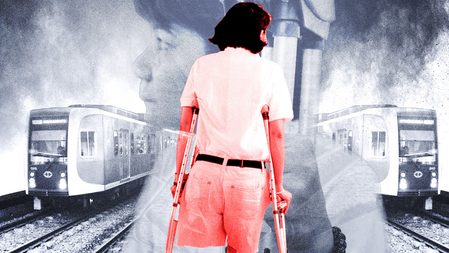
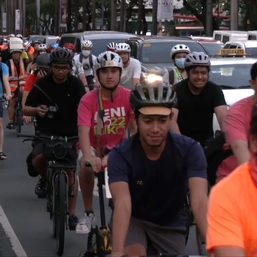
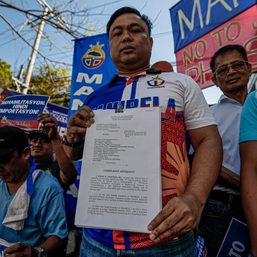
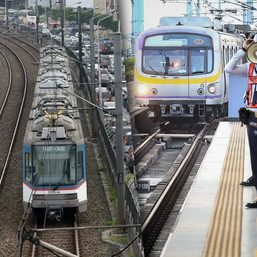


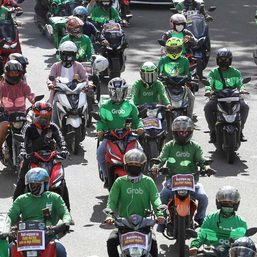

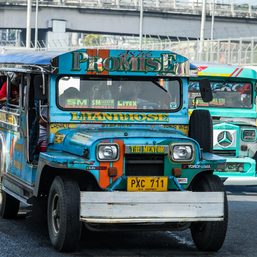



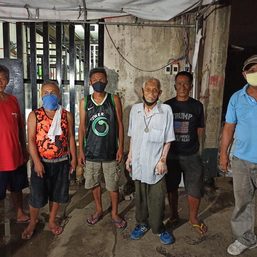
There are no comments yet. Add your comment to start the conversation.